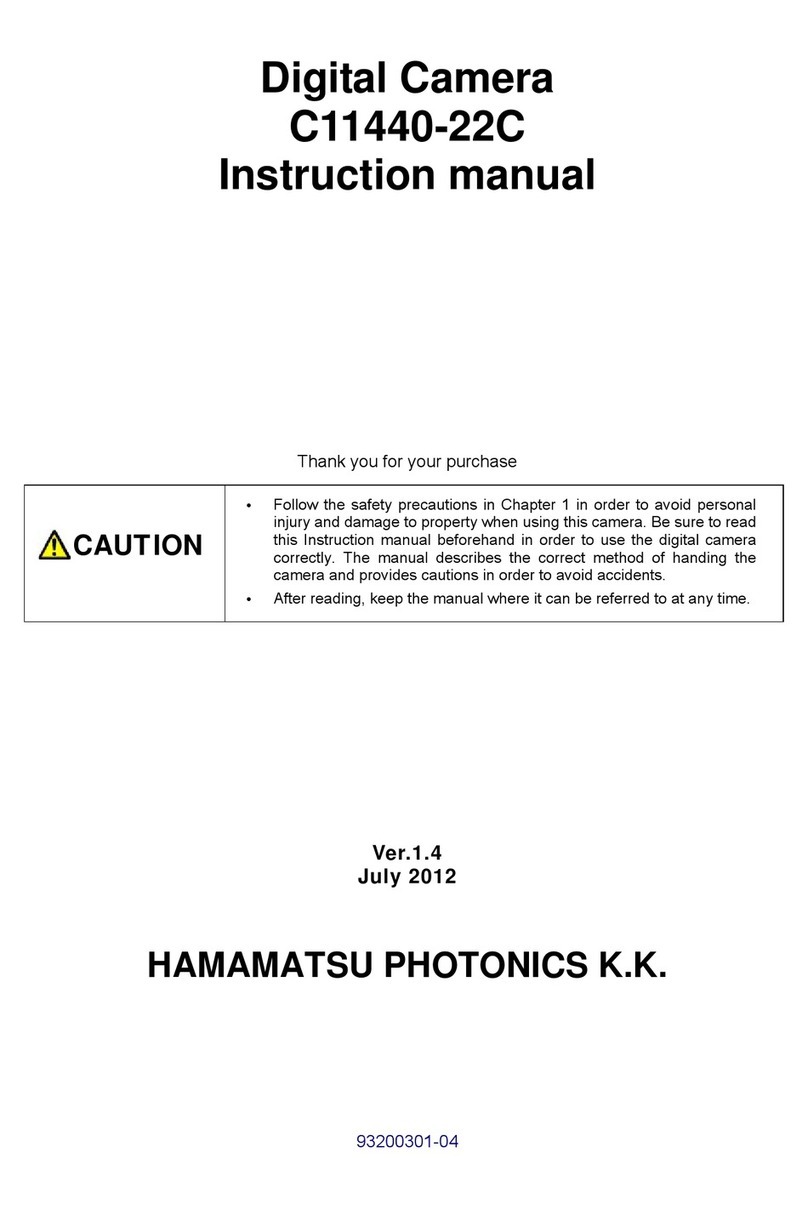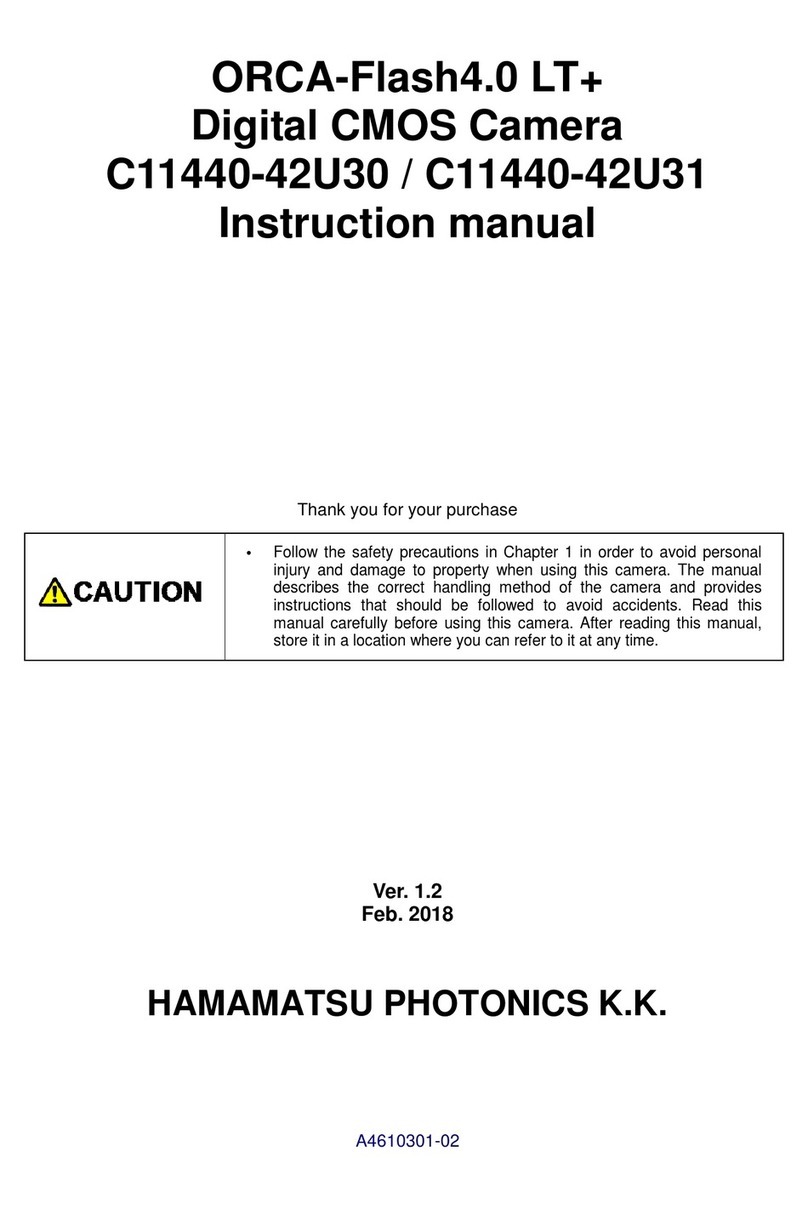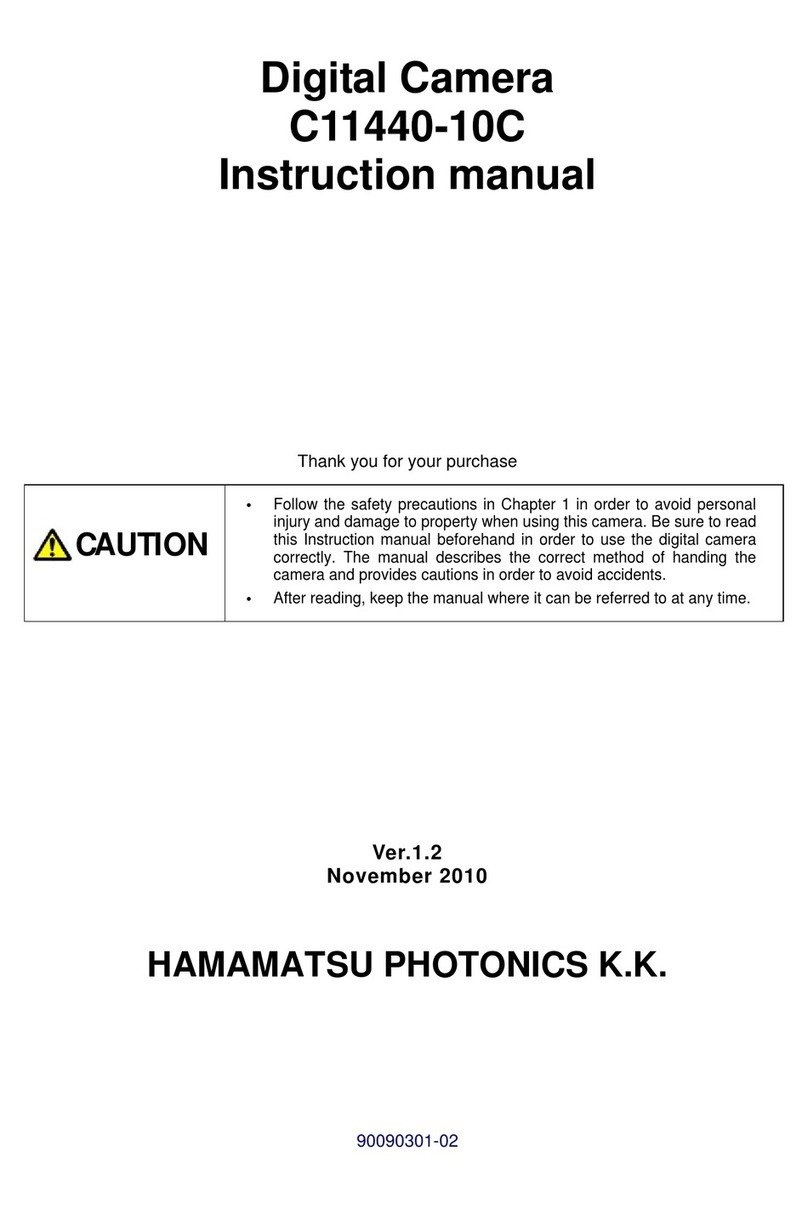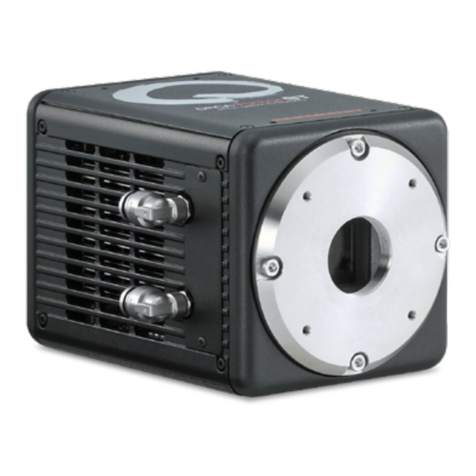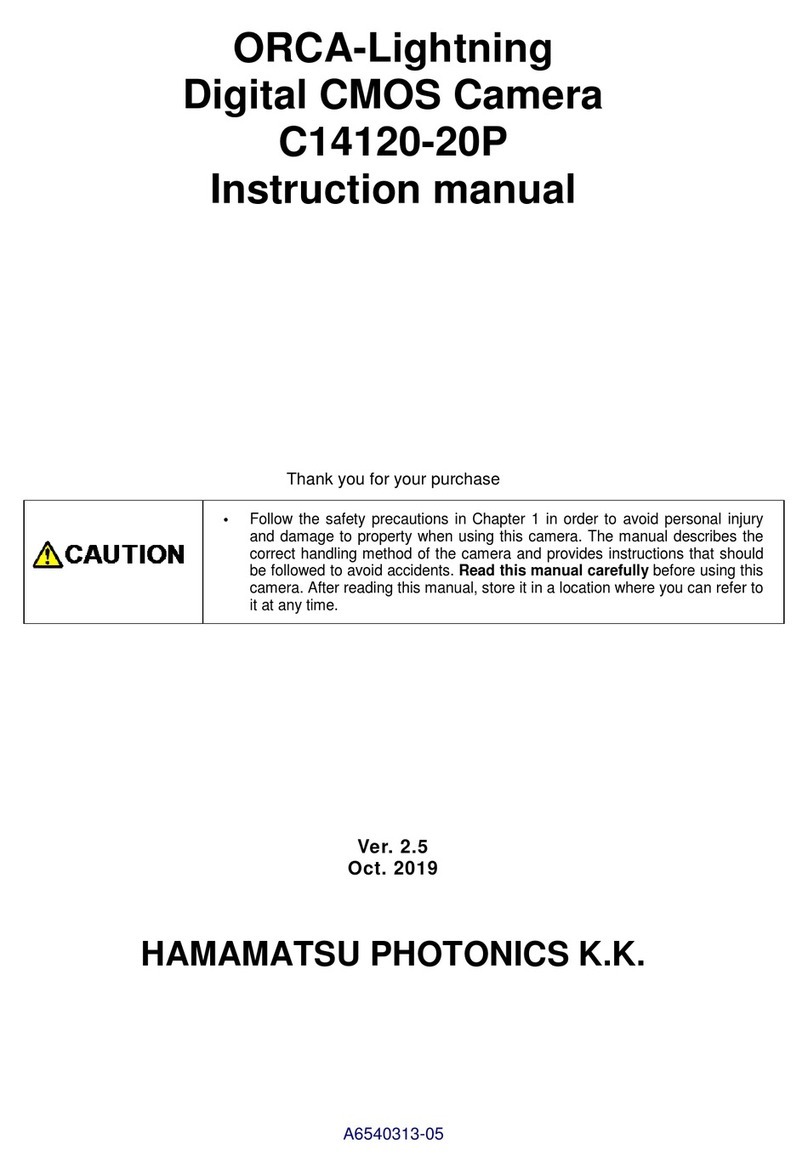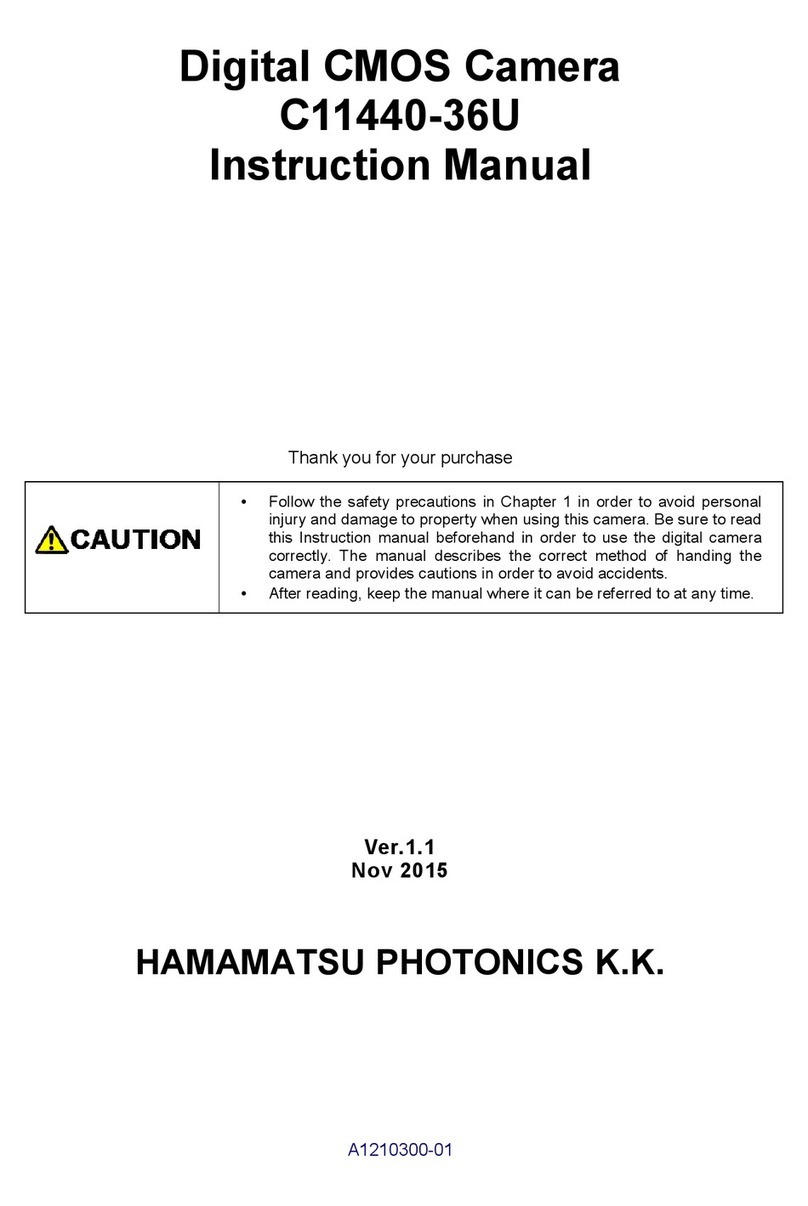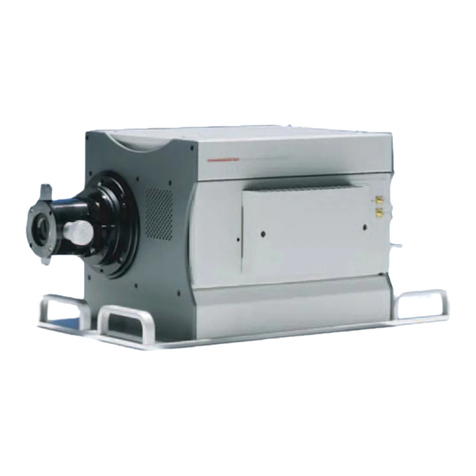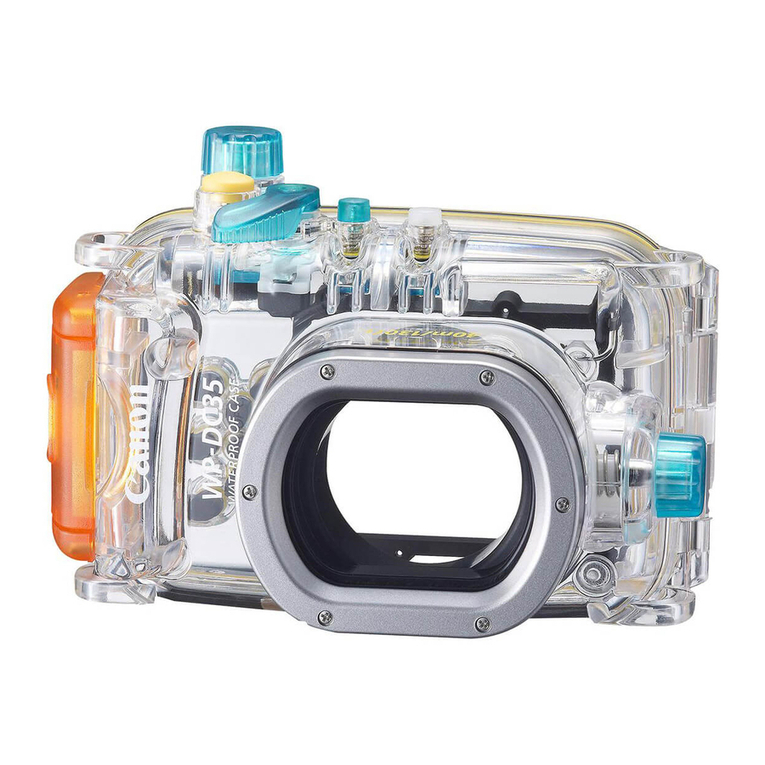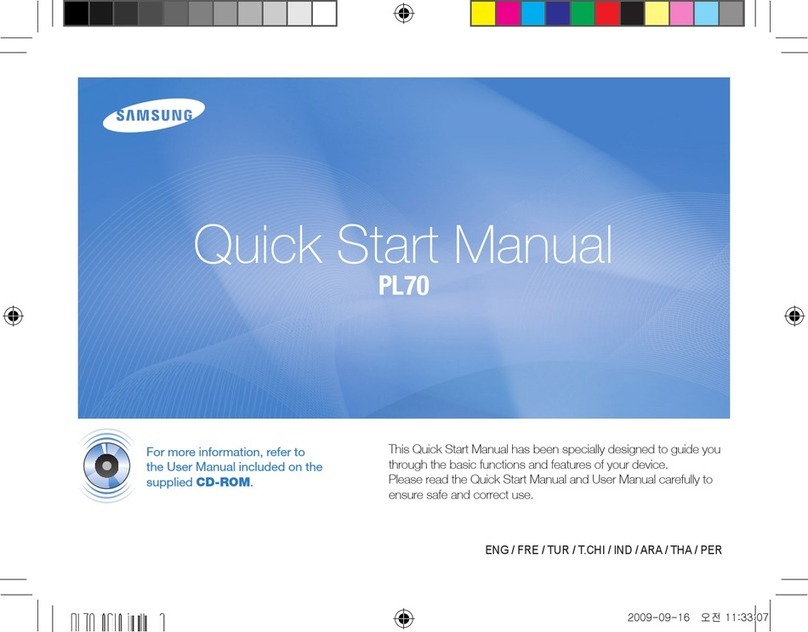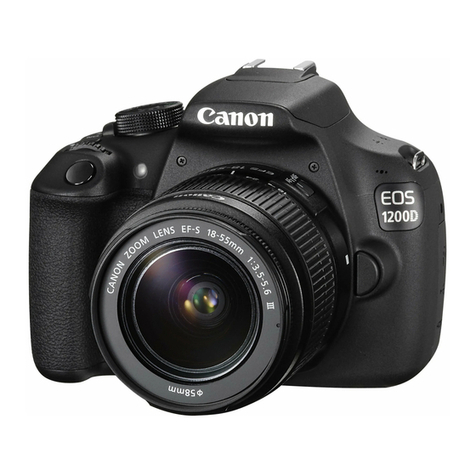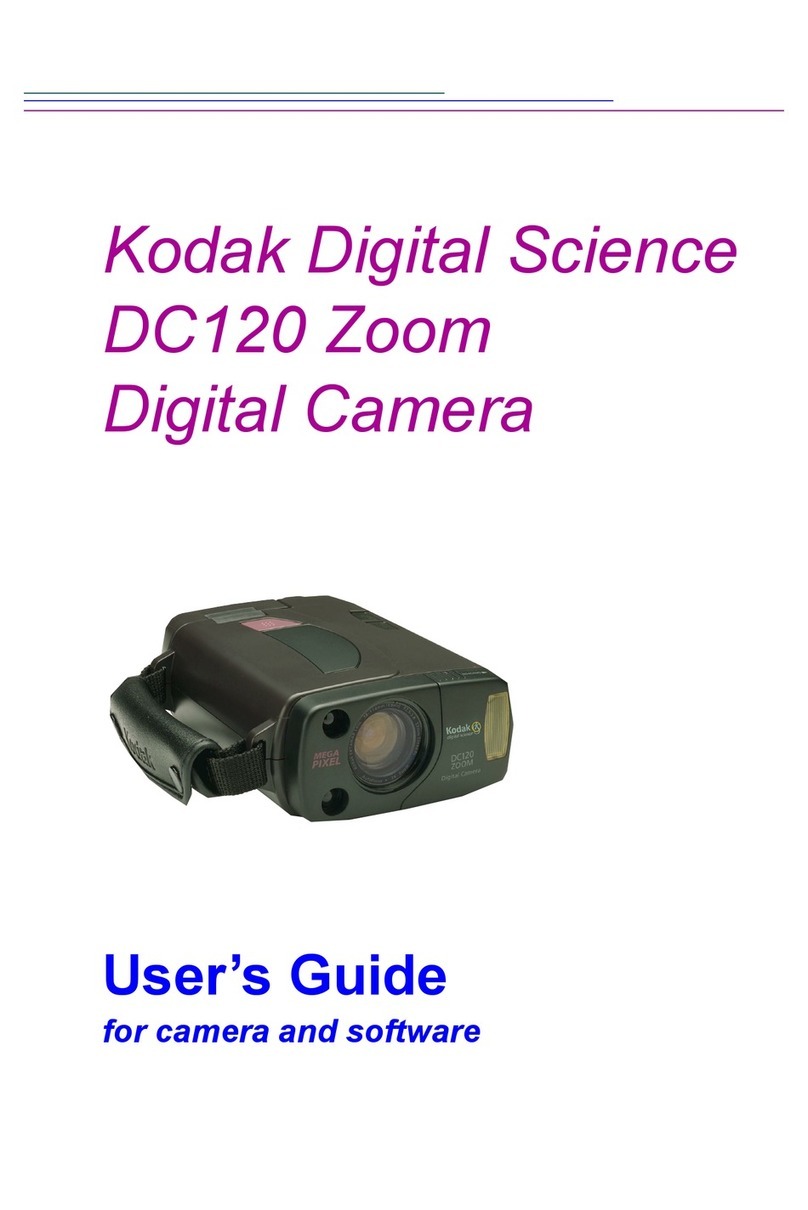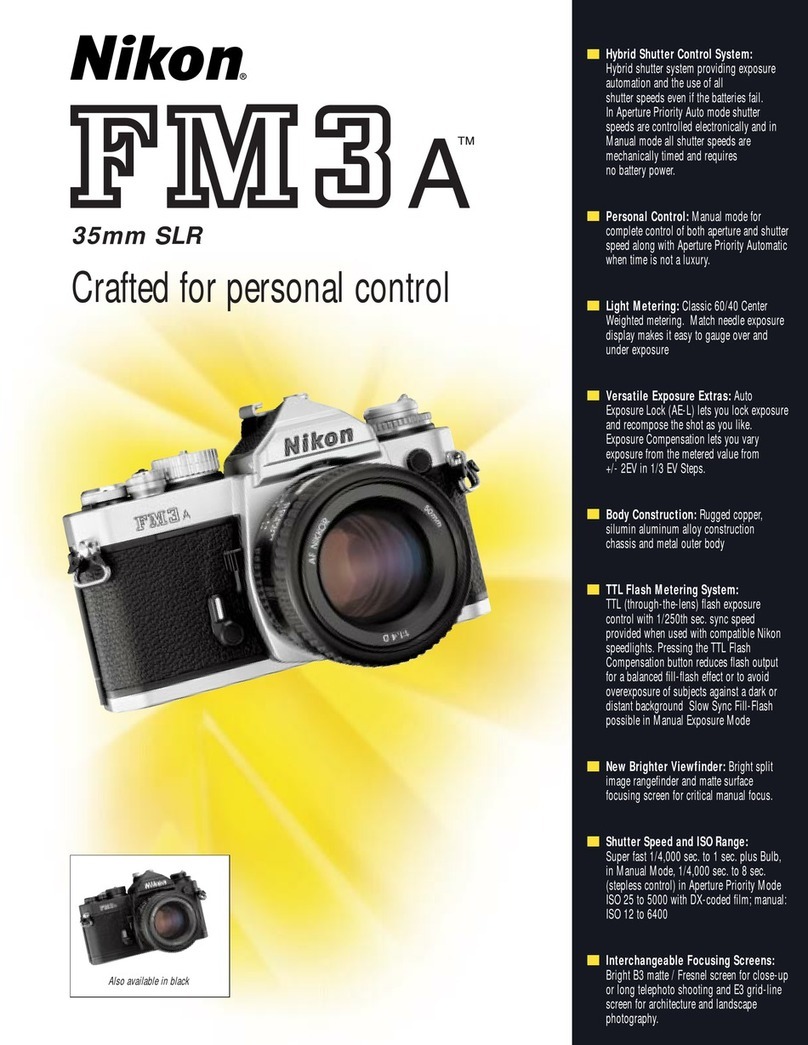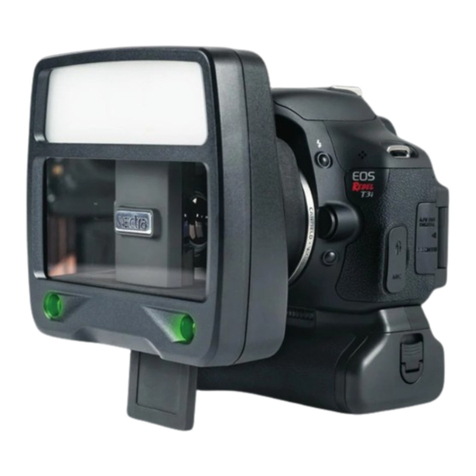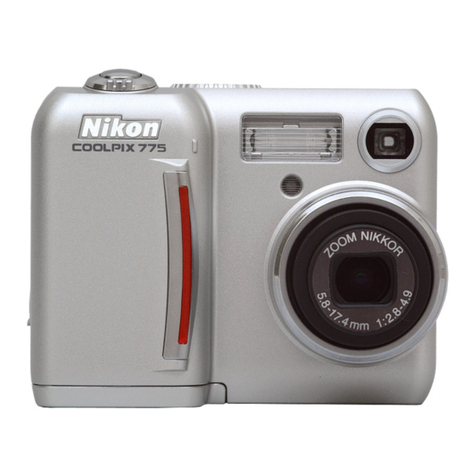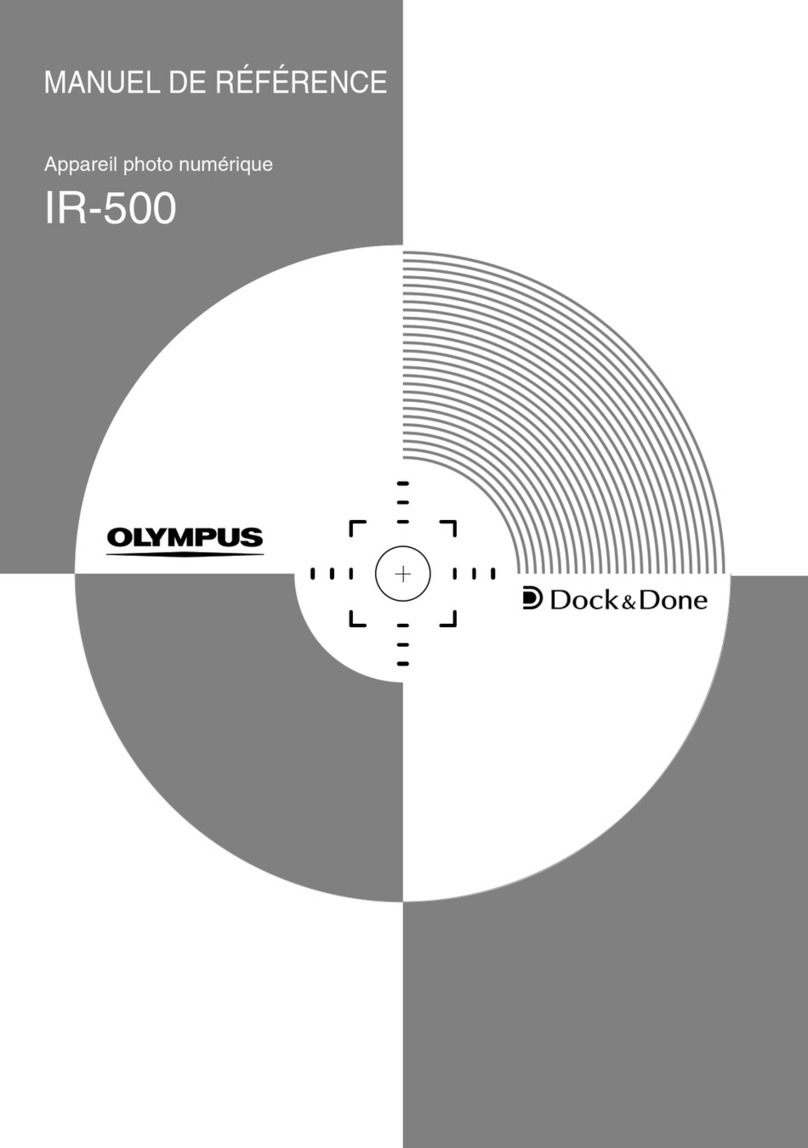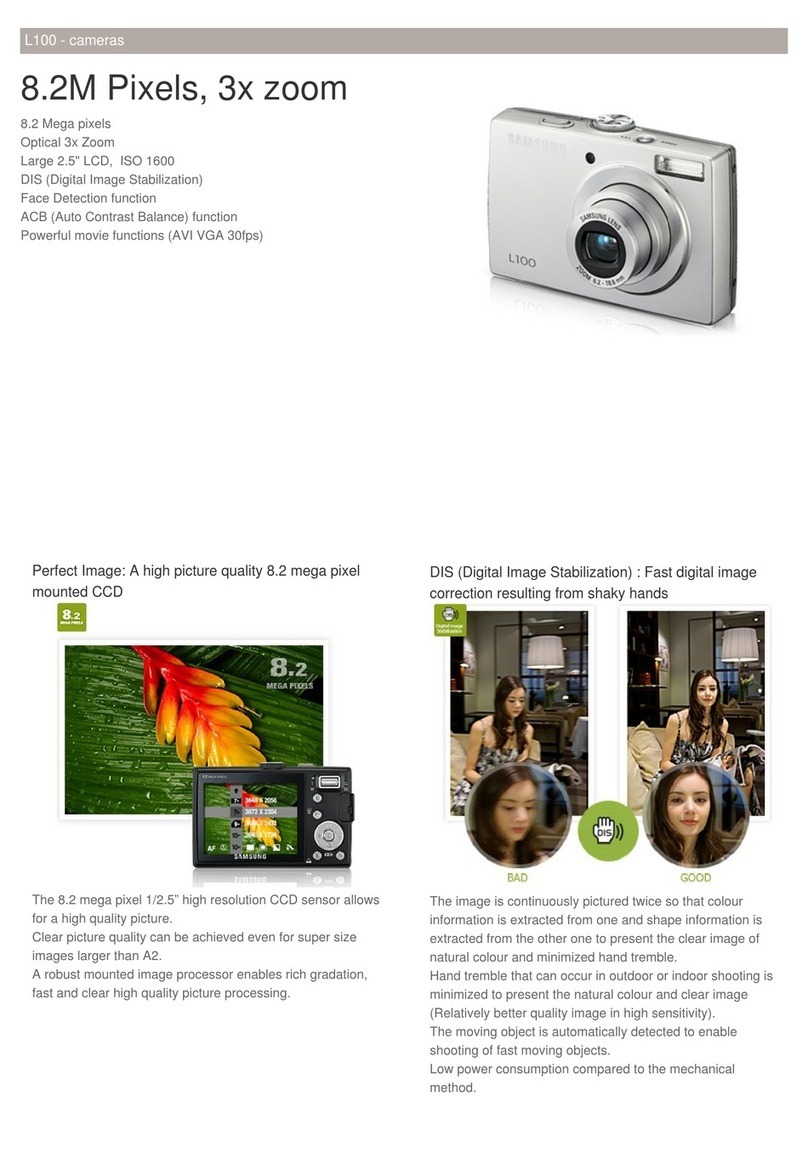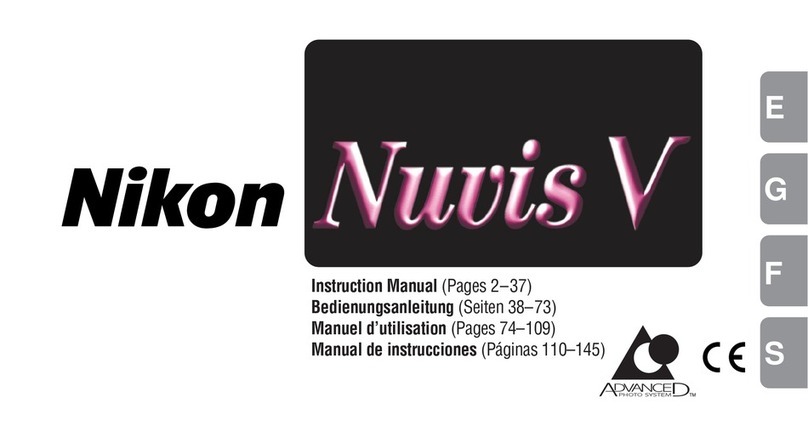
C11440-42U/C11440-42U01 Instruction manual_Ver.1.1
6
C
Co
on
nt
te
en
nt
ts
s
1. SAFETY PRECAUTIONS............................................................................ 1
1-1 INDICATION OF THE SYMBOLS ....................................................................... 1
1-2 CLASSIFICATION OF WARNING ...................................................................... 1
2. CHECK THE CONTENTS OF PACKAGE................................................... 4
3. INSTALLATION........................................................................................... 5
4. OVERVIEW.................................................................................................. 8
5. FEATURES.................................................................................................. 8
6. NAME AND FUNCTION OF THE PARTS ................................................. 10
7. CONNECTION........................................................................................... 13
7-1 CONNECTING OF CABLES ............................................................................. 13
8. OPERATION.............................................................................................. 14
8-1 PRECAUTIONS................................................................................................. 14
8-2 PREPARATION FOR IMAGING........................................................................ 14
8-3 IMAGING ........................................................................................................... 14
8-4 END OF IMAGING............................................................................................. 14
9. DESCRIPTION OF VARIOUS FUNCTIONS ............................................. 15
9-1 THEORY OF CMOS IMAGE SENSOR ............................................................. 15
9-2 READOUT METHOD (SCAN MODE) ............................................................... 17
9-3 CAMERA OPERATION MODES....................................................................... 18
9-4 FRAME RATE CALCULATION......................................................................... 19
9-5 CONFIGURING EXPOSURE TIME................................................................... 22
9-6 TIMING CHART OF CAMERA OPERATION MODES...................................... 23
9-6-1 FREE RUNNING MODE......................................................................................... 23
9-6-2 EXTERNAL TRIGGER MODE................................................................................ 25
9-6-3 TRIGGER OUTPUT................................................................................................ 30
9-6-4 GLOBAL RESET..................................................................................................... 33
9-7 REAL-TIME CORRECTION FUNCTIONS ........................................................ 34
10. PRECAUTION WHEN USING FL-400....................................................... 35
11. MAINTENANCE ........................................................................................ 36
11-1 CARE................................................................................................................. 36
12. TROUBLESHOOTING CHECKLIST ......................................................... 37
12-1 IMAGE IS NOT TRANSFERRED ...................................................................... 37
12-2 ALTHOUGH IMAGES ARE TRANSFFERED ................................................... 37
13. SPECIFICATIONS ..................................................................................... 38
13-1 CAMERA SPECIFICATIONS ............................................................................ 38
13-2 SPECTRAL RESPONSE CHARACTERISTICS ............................................... 40
14. DIMENSIONAL OUTLINES....................................................................... 41
14-1 C11440-42U for C-mount ................................................................................. 41
